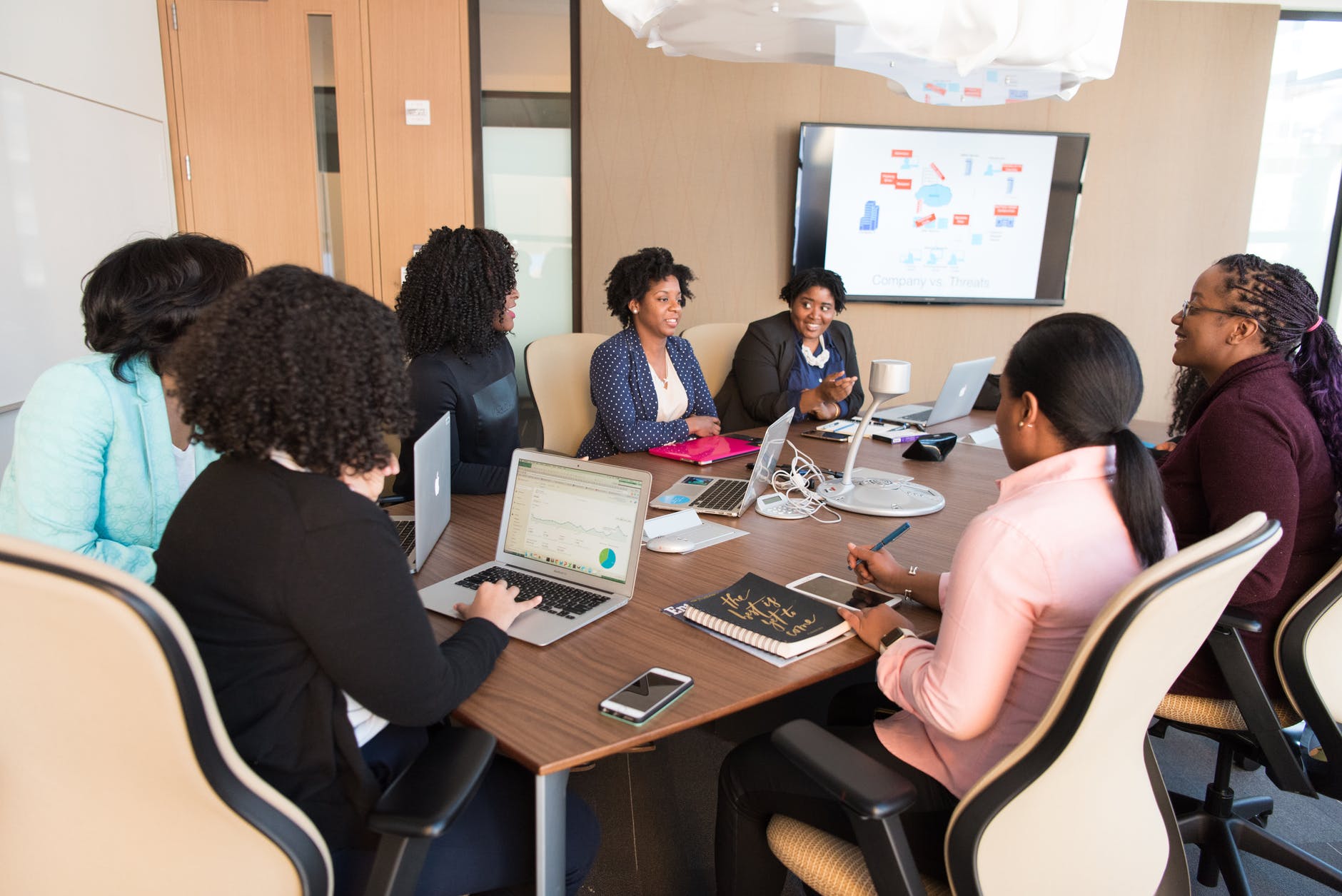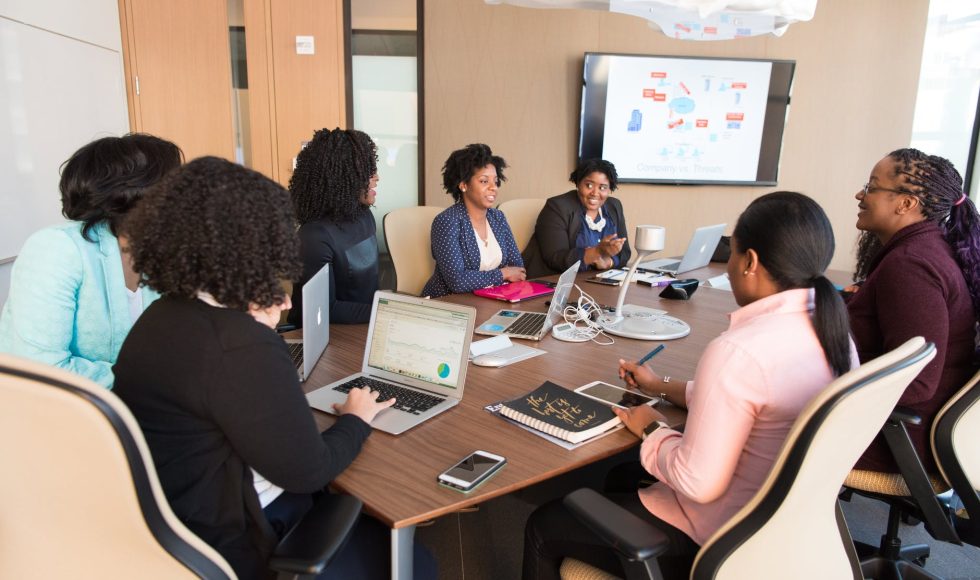I have watched a couple of sessions by different speakers on what their institutions did during the transition to remote online teaching. I find the variety of approaches and “lessons learned” fascinating. Tonight, I watched an ALT 2021 session entitled “Reflections on hybrid flexible learning” by Michael Detyna from King’s College London. Detyna talked about how HyFlex was implemented. Detyna does research on physical learning spaces, a topic I have been learning a little about lately. Detyna explained how Hybrid Flexible Delivery or HyFlex provides options for students wishing to learn fully online or those wishing to be in person. The position paper Detyna wrote was then used for grant funding. The process Detyna and their team followed had multiple steps, starting with an extensive literature review and planning. The system at King’s College includes a screen to display the online classroom and another screen for content for the in-person classroom. The system was designed and implemented in 34 rooms across the university with over 1,500 sessions delivered by this method as stated by Detyna! Survey responses were mixed with some highlighting the challenges of implementing. Detyna used Daniel Radcliffe’s pedagogy space-technology model to reflect on the implementation of the HyFlex approach. Detyna mentioned some equity and cognitive load/concentration challenges in the implementation of this approach. With regard to space, understanding the camera position is important for interaction. For technology, the set up and use can be cumbersome according to Detyna. The effective integration of graduate teaching assistants was also discussed as a way of supporting implementation and student engagement. There was time for questions and some asked what choice students had for selecting the modality. Others asked about the cost for implementing the A/V technology. Interestingly, Detyna talked about how this system worked well for sessions based on narratives such as philosophy and law courses. Detyna was also asked about teamwork, and they explained how it is “straightforward” if students online are grouped together in breakout rooms and those in the physical classroom are able to form a team. Detyna did repeat that HyFlex has a “high cognitive load on the lecturer” that is different from typical classroom management. Thus, there is a need for additional support, particularly for “making connections” with the students online. Detyna warned that the graduate teaching assistants should not be viewed as technical support. Detyna did mention that there is an overwhelming interest in “trying” the system. Detyna predicts that there will be a peak in demand followed by a decline in interest as technology improves, and then renewed interest in the HyFlex system.



